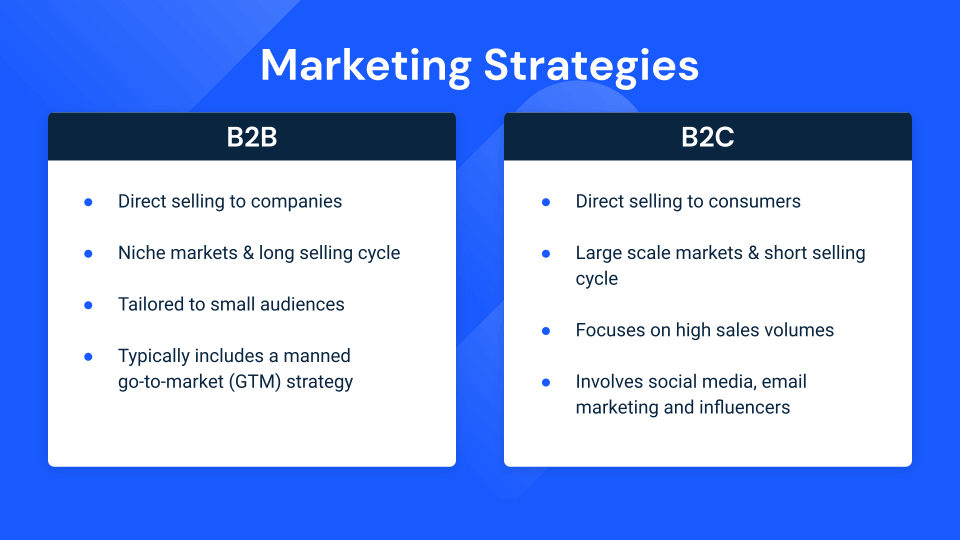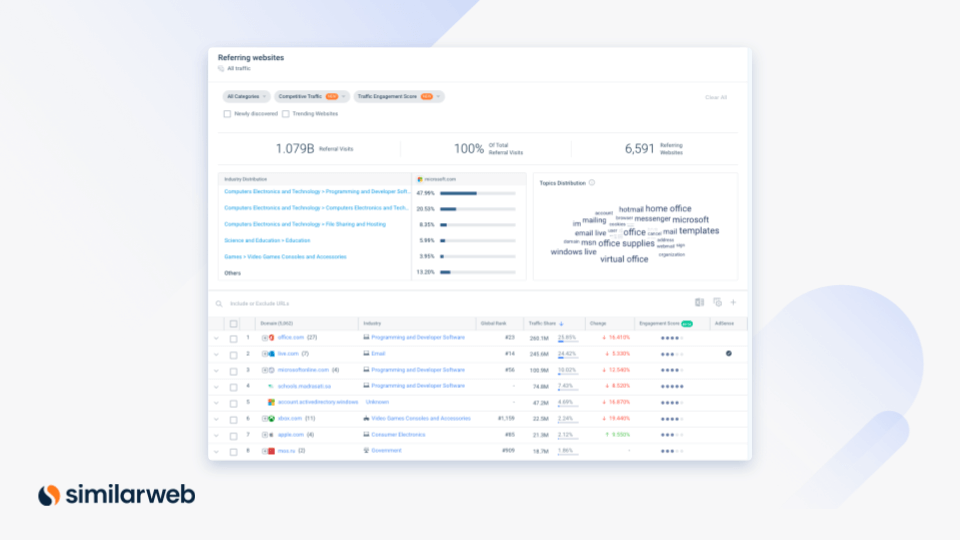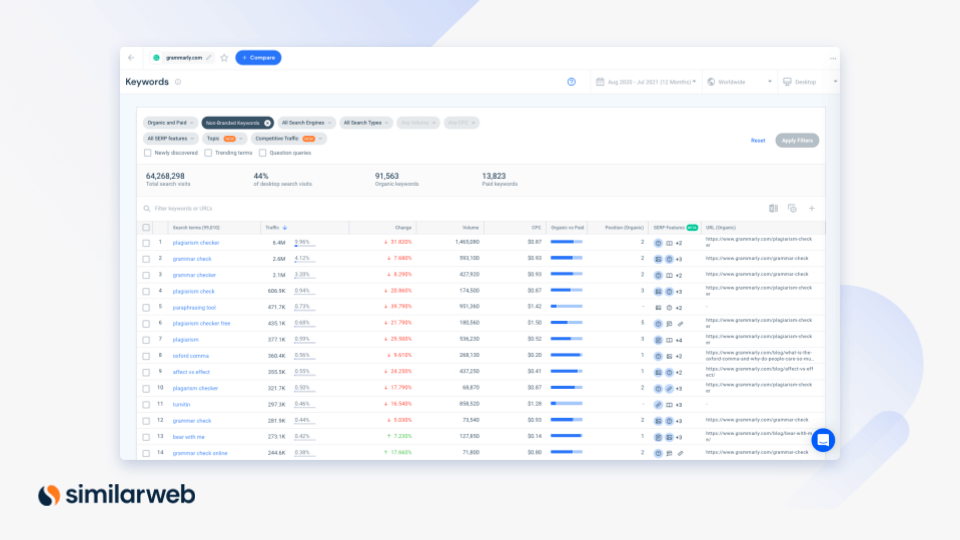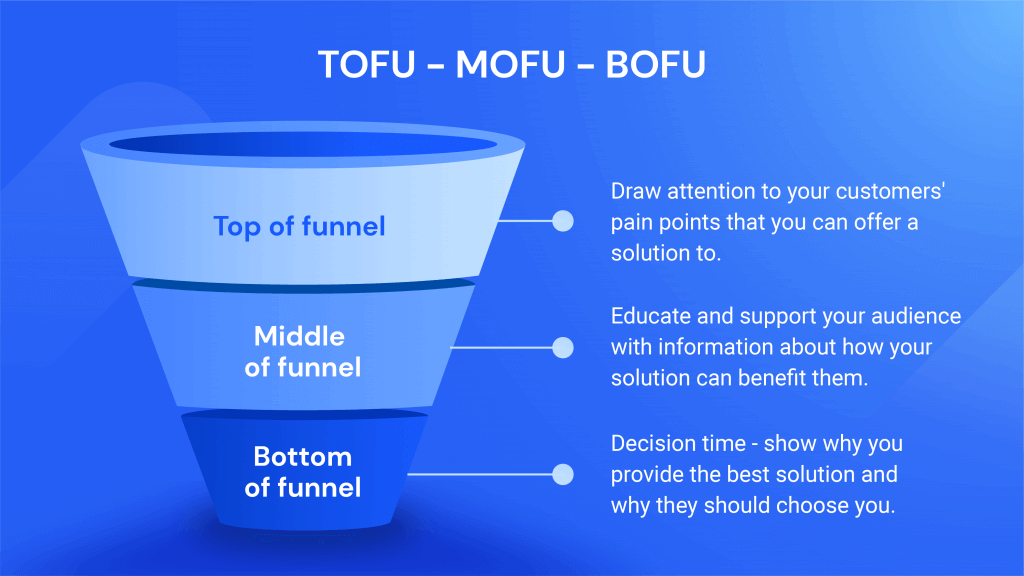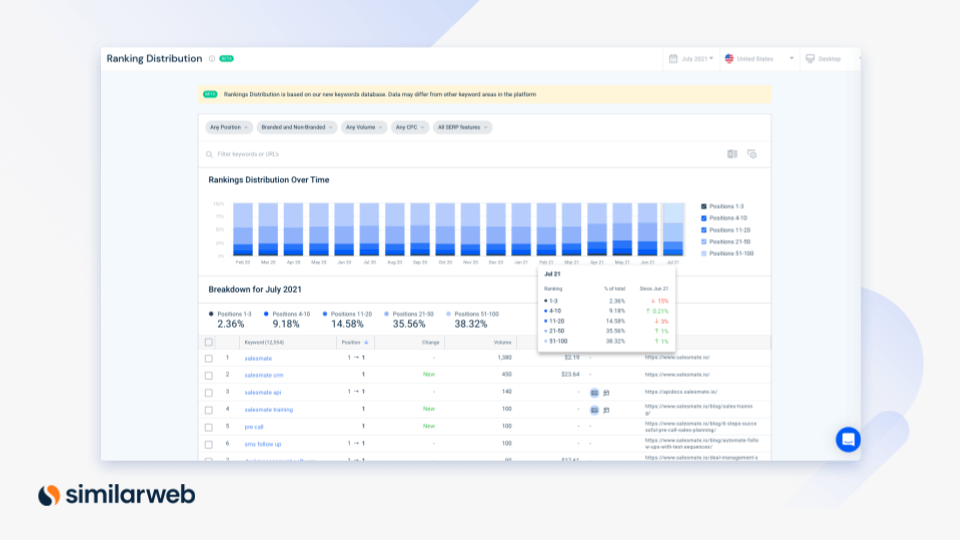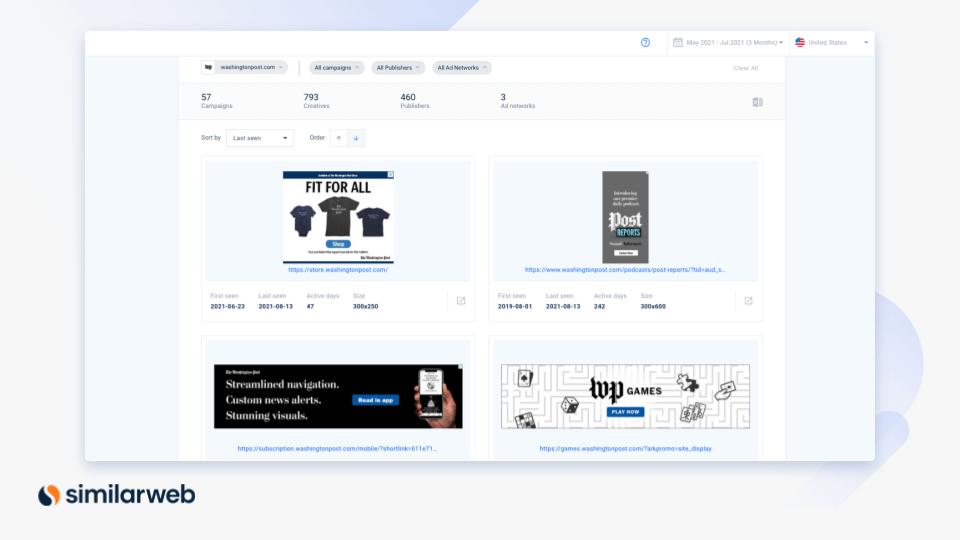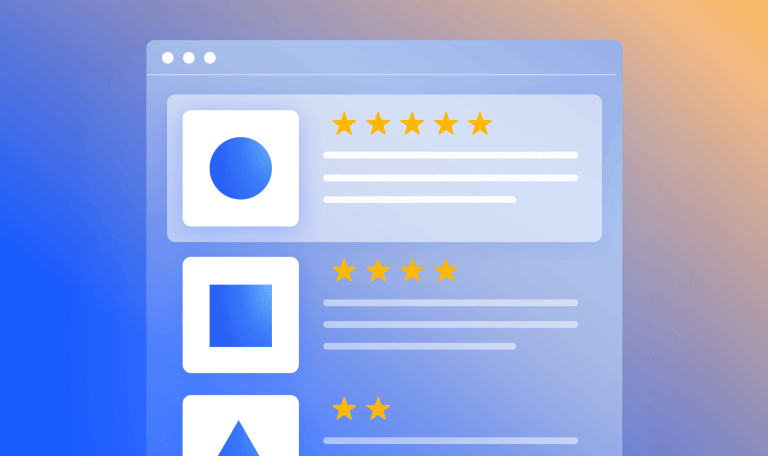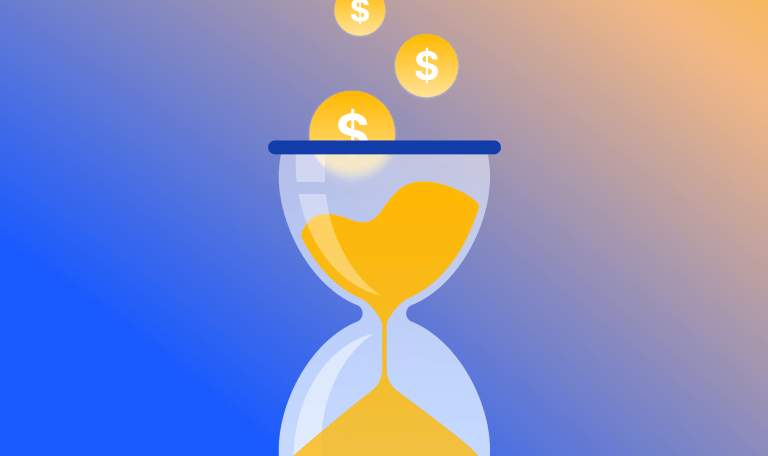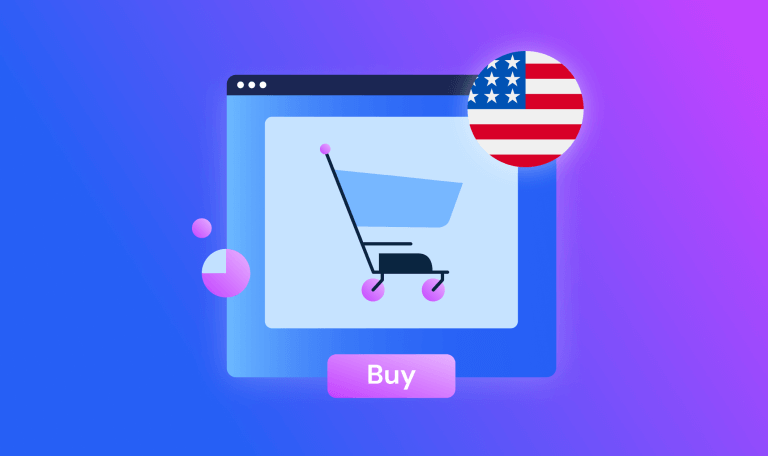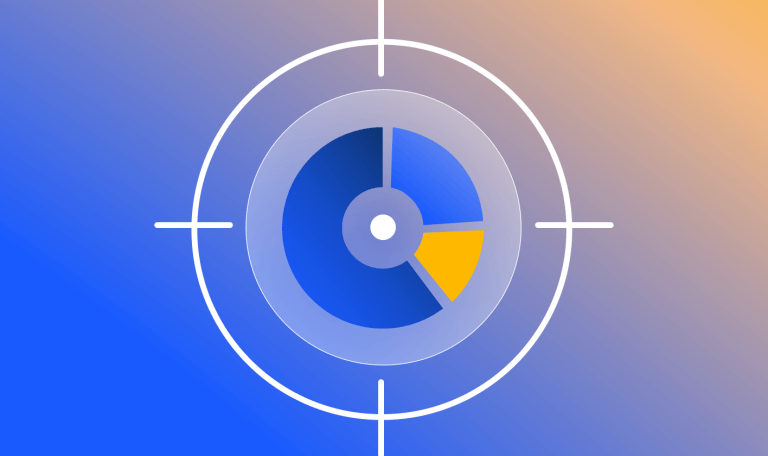B2B vs. B2C: How and Why Companies Market the Same Product Differently

Bryan Kramer’s book ‘There is no B2B or B2C: It’s Human to Human #H2H’ has revolutionized the way businesses communicate with other companies and their actual end-users. “We need to connect to humans in a human way,” after all.
Businesses communicate with other companies in a specific way. And it’s miles apart from how they speak to reach their end-users. Why?
Because businesses are generally more informed, patient, and selective than direct consumers.
If you provide other businesses with the same content marketing you use on your end-users, you might appear a bit basic.
To help you strike the right balance, we’ll explore how businesses have successfully marketed products online while increasing their brand awareness.
Difference between B2B and B2C marketing
B2B marketing stands for business-to-business marketing and refers to the marketing practice of businesses targeting other businesses with dedicated marketing materials aimed at converting small audiences into customers (i.e., selling a product, service, or SaaS). B2B marketing and B2B sales typically involve the use of search engine optimization, account-based marketing, go-to-market, and sales teams, as well as discovery calls for lead generation and qualification of potential customers.
Conversely, B2C marketing, business-to-consumer marketing, is a business practice in which companies market their products or services to potential individual customers who are not businesses. The tactics used and conversion metrics generally differ from B2B marketing tactics as it aims to reach the largest audience possible by digital marketing of end-users via channels such as email marketing campaigns, social media platforms, retargeting, and online forums.
B2B vs. B2C marketing: Distinct strategies
1. Angle of approach (AOA)
When marketing to companies, you should highlight the return on investment (ROI) they could make if they buy your product. Let’s face it, these are ‘for profits’ – they’re not interested in how beautiful or smart your product is or how much customers enjoy using it. They want to know what’s in it for them if they hit your call to action (CTA).
They make decisions based on investments and returns, so financial incentives can go a long way. To them, it all boils down to how much a particular venture can make (or save).
To win these companies, present precise figures outlining how much revenue growth they will reap from your product or service.
B2C companies, on the other hand, should appeal to the B2B buyers’ emotions so that they can make an impulsive buy or satisfy an unfulfilled desire.
Case study: Microsoft
When Microsoft markets Office 365 to enterprises, its main focus is how a business can save money on six different laterals and deep dives into each of them.
The story’s different when they advertise the same product to students. Most students face a cash crunch, so Microsoft’s USP switches to focus on ‘FREE: ‘Start using for free,’ ‘download for free.’
Competitive advantage
Highlight how much a company will make or save after buying/using your product. Don’t dilly-dally on emotional stories. Give them figures the accountant can work with to make an informed decision.
Engage your end-users with stories and testimonials of how your product will revolutionize their lives. The KISS principle (Keep it Simple, Stupid) works here the best.
2. Depth of content
B2C content marketing targeted toward customers shouldn’t be overwhelmingly challenging. Focus your marketing plan on telling the customer how and why to use a specific product.
A simple blog with FAQs and video content review will do.
For B2B marketers, on the other hand, content marketing needs to be top-notch. Businesses already have a solid knowledge base before making any purchasing decision.
So dig deep into your product’s different features. After all, a business only wants to buy a product they know all about.
Case study: Grammarly Business
After launching Grammarly Business, the team knew the most complicated question they would face from the millions familiar with their product: “Why do I need Grammarly Business when the team is quite happy with the current application?”
And that’s what I asked Dorian Stone (GM Grammarly Business). It quickly became clear the software was more than just a writing aid. He said, “Apart from aligning the style, tone, and delivery of content, across all teams and departments, a business can use the analytics feature to find strength, opportunities and measure improvements.”
Grammarly Business is a tool to uphold consistency through all teams and prospects/clients when using omnichannel marketing and communication.
The expanded feature set helps brands control, analyze, and regulate their content and create a backbone of clear communication that could form the foundations of a strong brand image.
Their website naturally reinforces the same idea.
Competitive advantage
Craft educational content and messaging for businesses to learn all about your product and encourage them to buy it.
For an effective B2C marketing strategy, be informative while writing in a way that follows your brand’s voice, explains the pain points your product solves, and entertains the reader.
3. Conversion period
Before decision-makers are convinced about the advantages of your product, you may have to send out a content bomb. To enhance your B2B marketing strategy and drive your conversion rates up, your marketing team is going to have to create bundles of emails, video explanations, and maybe even hold face-to-face meetings.
Don’t forget, the chain of audiences and website demographics people to convince is extensive. You’ll be writing to managers, procurement departments, sales departments, program managers, product managers, and more.
All these people need to fully understand your product before giving you the nod and paving the way forward for the following department.
And you’ll have to build public relationships too. This may seem tedious, but it will be worth it at the end of the day.
So focus your marketing program on creating quality content at scale to satisfy your audience’s demands.
Decisions are snappy and quick with end-users. You could convince the buyer with a small discount, a freebie, social proof, or a few buyer reviews (provided you’re not selling high-value products like houses, cars, or diamonds…).
The difference between B2B’s and B2C’s conversion period is best captured in the CTA texts. In B2B, companies typically encourage users to ‘Subscribe to our newsletter’ or ‘Schedule a demo’ before anything else.
For B2C, the call to action is more salesy and geared towards purchase decisions. It could be something like ‘Click here to see our prices’ or even more assertive like ‘Buy now.’
Case study: Salesmate
Salesmate’s Gmail CRM page holds the coveted top SERPs position. The primary reason behind the whopping 9% conversion? Because Salesmate provided the solution to their user’s query above the fold of the landing page and satisfied their search intent with a quick CTA.
Since their focus was B2B, where they have to attract decision-makers, it worked wonders.
Competitive advantage
Be patient. It takes B2B customers a while to make a decision. Be ready to answer questions and emails and prepare for meetings with the company managers. You should also have sample products ready.
For B2C, backup your product reviews with social proof and testimonials from satisfied customers.
4. Language used
In your B2B copy, you’ll probably use industry jargon. Let’s face it you’re talking to people in your niche market who understand all your acronyms and technical terms. But this doesn’t mean that you shouldn’t explain your products in detail.
Be warned; customers are highly likely to switch off when you use too much technical language. They want you to appeal to their B2B buyer persona. Use a tone that is friendly and fun while at the same time appeals to their EQ – without challenging their IQ.
No matter how technical things might be, try to simplify your digital marketing strategy and terminology so that anyone can understand you.
Case study: Kaspersky
The way Kaspersky advertises its internet solutions to businesses is dramatically different from how they sell to individual houses.
The copy for businesses is written to be read by an internet administrator – someone who knows what malware, phishing, and viruses are. It’s segmented so that you can get products for an organization where the employees either have basic or advanced IT skills.
The personal antivirus copy is all about making things seamless for a PC user. At the end of the day, all they want is safe, uninterrupted internet access for streaming entertainment.
Competitive advantage
Chris P. CMO JookSMS says that you must educate your B2B customers with your language. Think of it as though you are speaking to your colleague who understands the intricacies of your offering. But do not miss out on pointers by assuming that the receiver might ‘already know.’ Mention it all!
Keep your B2C language friendly and straightforward. Focus on explaining how your product will enrich your customer’s lives.
5. Content marketing
You can lift up your leads list through writing, but when pitching ideas to other organizations, consider limiting your communication to email marketing, conferences, SEO, and your website. Hubspot discovered a whopping 93% of B2B communication happens through emails.
If B2B businesses ‘do’ social, they generally focus on Linkedin because you can reach more decision-makers. Posting on Facebook, TikTok, or Reddit might not be a great idea, as you’re less likely to encounter qualified leads and actual decision-makers.
The sky’s the limit for B2C marketers. You can focus on Facebook, TikTok, YouTube, Reddit, WhatsApp, Twitter as well as email, and SEO. B2C’s all about meeting buyers wherever they are and avoiding a high customer churn rate.
When drafting content for decision-makers, you should sound professional and authoritative. They’re not interested in promotional ‘fluff’ – they want the information.
Backlinko’s Brian Dean suggests that B2B blogs that educate get at least 52% more organic traffic than those that use their blogs to blow their trumpet.
Create B2B content: PDF whitepapers, informative emails, infographics, webinars, and case studies. Backing up your content with facts, data, and graphics will help decision-makers trust you and reduce bounce rates.
When writing B2C content, you could use slang, memes, funny videos – anything that speaks your customers’ language. Being irreverent could even encourage someone to reach out and buy your product.
Learn more about How to Build a Content Marketing Strategy That Converts More Customers.
Case study: The Washington Post
If you download the TikTok and search for ‘The Washington Post,’ you might be surprised to find witty, sarcastic, and fun-filled videos of employees having fun in the newsroom.
The Washington Post understands that TikTok’s audience isn’t interested in serious soundbites (like the Democratic Debates) but are searching for entertaining videos, like The Bachelorette.
The newspaper has serious content on its website that is meant for consumption by businesses looking to subscribe to a serious news outlet based on facts and quality journalism.
6. Target audience
B2B content marketing is usually laser-focused on a specific audience. It might be a small audience, sure (Brian Dean suggests the average B2B blog gets 282 visitors a month). But those 282 visitors are looking for your content. Each reader is at a particular stage in their buying process.
For B2C, the content is not that focused on a specific buyer persona. The target market is enormous, and you could get as many readers as possible who are in different stages of the buying process.
Competitive advantage
First, map out your target audience and craft relevant content that attracts attention. Other than understanding them, know where they are in the sales funnel so that you can push content that gets them to take the following action.
Final thoughts
Products can be similar, but B2B and B2C marketing can never be the same.
At the end of the day, we need to appeal to the decision-makers. Some make decisions for the whole company, others for themselves.
Acknowledging this and adjusting your marketing strategy will allow your brand to gain better conversion rates.
I hope this article gives you an insight into how the giants do it and how you can reflect on it as a marketer. Want to discover the marketing efforts that match your business needs? Book a demo. We’ll walk you through all the data and insights you need to succeed.
The #1 content marketing tool - get started
Give it a try or talk to our marketing team — don’t worry, it’s free!
